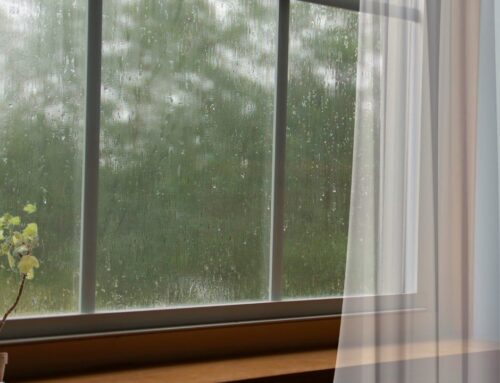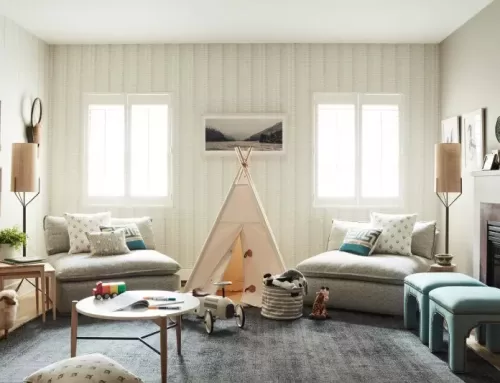In the realm of modern housing, energy-efficient homes are not just a trend but a significant shift towards sustainability and economic savings. These homes are designed to reduce energy consumption, which not only helps in saving on utility bills but also contributes to a smaller carbon footprint. Energy efficiency in homes is achieved through a combination of advanced building techniques, high-performance materials, and smarter technologies.
Benefits of Energy-Efficient Homes
1. Cost Efficiency:
Energy-efficient homes are equipped with better insulation, energy-efficient windows, and HVAC systems that are more effective at maintaining temperature without excessive energy use. This translates into lower utility bills, providing significant savings over the life of the home.
2. Enhanced Comfort:
Such homes maintain comfortable indoor temperatures year-round. High-quality windows prevent heat from escaping during the winter and block excessive heat during the summer. Efficient insulation and HVAC systems also reduce the noise levels inside the house, contributing to a quieter, more comfortable living environment.
3. Increased Property Value:
As more buyers become aware of the benefits of energy efficiency, homes with green certifications like LEED or ENERGY STAR gain a competitive edge in the market. These homes often sell at a premium, reflecting the growing demand for sustainable living options.
4. Environmental Impact:
Reducing energy consumption means not only lower bills but also fewer greenhouse gas emissions. Energy-efficient homes play a critical role in combating climate change by minimizing the dependency on fossil fuels and other non-renewable energy sources.
How to Make Your Home Greener
To transition to a more energy-efficient home, consider the following steps:
- Upgrade Appliances: Invest in ENERGY STAR certified appliances, which use 10 to 50% less energy and water than standard models.
- Boost Insulation: Enhancing your home’s insulation in the attic, walls, floors, and basements can prevent heat loss and gain, maintaining a steady temperature indoors.
- Smart Thermostats: These devices adjust the heating and cooling of your home automatically and can be controlled remotely, ensuring energy is not wasted.
- Solar Panels: Installing solar panels can significantly reduce your electricity bills and increase your home’s self-sufficiency in terms of energy needs.
- LED Lighting: Switch to LED lighting, which uses at least 75% less energy and lasts 25 times longer than traditional incandescent lighting.
By integrating these elements, homeowners can not only enjoy a more sustainable and cost-effective lifestyle but also contribute to the broader goal of environmental conservation. Adopting energy-efficient practices in homebuilding and renovations is crucial for fostering sustainable communities and a healthier planet.






Leave A Comment